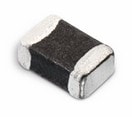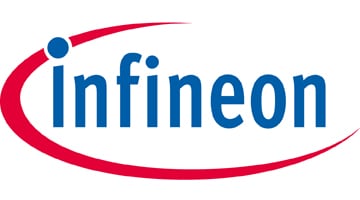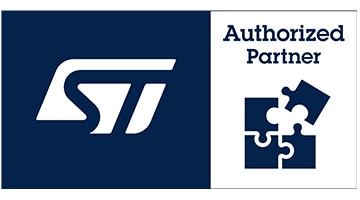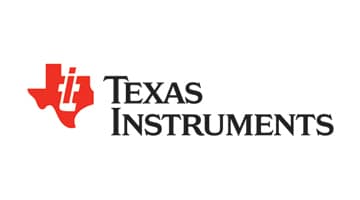Details
| Topologie | Sonstige Topologie |
| Schaltfrequenz | 20-120 kHz |
| IC-Revision | 1.1 |
Beschreibung
The FL controller ICB2FL03G is designed to control fluorescent lamp ballast, including a discontinuous mode Power Factor Correction (PFC), lamp inverter control and a high-voltage level shift half-bridge driver.The control concept covers requirements for T5 lamp ballasts for single and multi-lamp designs (series connection supported). ICB2FL03G is based on the 2nd-generation FL controller technology, is easy to use and simple todesign in. This makes the ICB2FL03G a basis for cost-effective solutions for fluorescent lamp ballasts with high reliability. Figure 1 shows a typical application circuit of ballast for a single fluorescent T8 lamp with current mode preheating.
Eigenschaften
- Discontinuous mode PFC for load range 0 to 100%
- Integrated digital compensation of PFC control loop
- Improved compensation for low THD of AC input current, also in DCM operation
- Adjustable PFC current limitation
Typische Anwendungen
- Bill of Material
- Multi Lamp Ballast Topologies
- Schematic Ballast 54W T5 Single Lamp
Weiterführende Informationen
Artikeldaten
| Artikel Nr. | Datenblatt | Simulation | Downloads | Status | Produktserie | Z @ 100 MHz (Ω) | Zmax (Ω) | Testbedingung Zmax | IR 2 (mA) | RDC max. (Ω) | Typ | L (µH) | IR (mA) | Muster | |
|---|---|---|---|---|---|---|---|---|---|---|---|---|---|---|---|
 | 742792514 | SPEC | 9 Dateien | Aktiv i| Produktion ist aktiv. Erwartete Lebenszeit: >10 Jahre. | WE-CBF SMT-Ferrit | 600 | 900 | 65 MHz | 3000 | 0.04 | Hochstrom | – | 2000 | ||
 | 742792095 | SPEC | 8 Dateien | Aktiv i| Produktion ist aktiv. Erwartete Lebenszeit: >10 Jahre. | WE-CBF SMT-Ferrit | 2700 | 2700 | 100 MHz | 1000 | 0.6 | Breitband | – | 200 | ||
 | 7447044 | SPEC | – | 8 Dateien | Aktiv i| Produktion ist aktiv. Erwartete Lebenszeit: >10 Jahre. | WE-FI Funkentstördrossel | – | – | – | – | 0.03 | – | 22 | 3500 |
| Muster |
|---|
| Artikel Nr. | Datenblatt | Simulation | Downloads | Status | Produktserie | Z @ 100 MHz (Ω) | Zmax (Ω) | Testbedingung Zmax | IR 2 (mA) | RDC max. (Ω) | Typ | L (µH) | IR (mA) | Muster |
|---|






